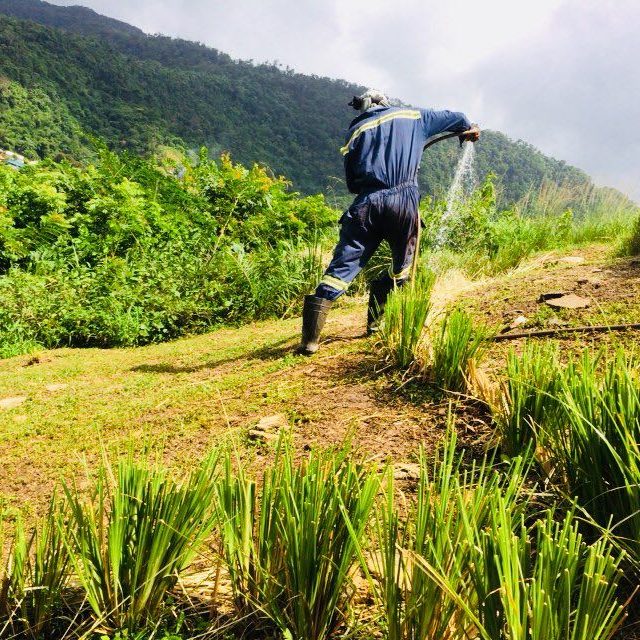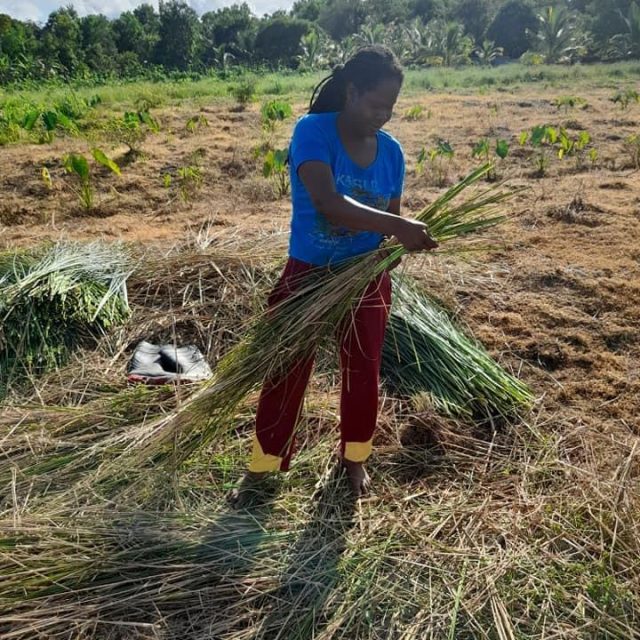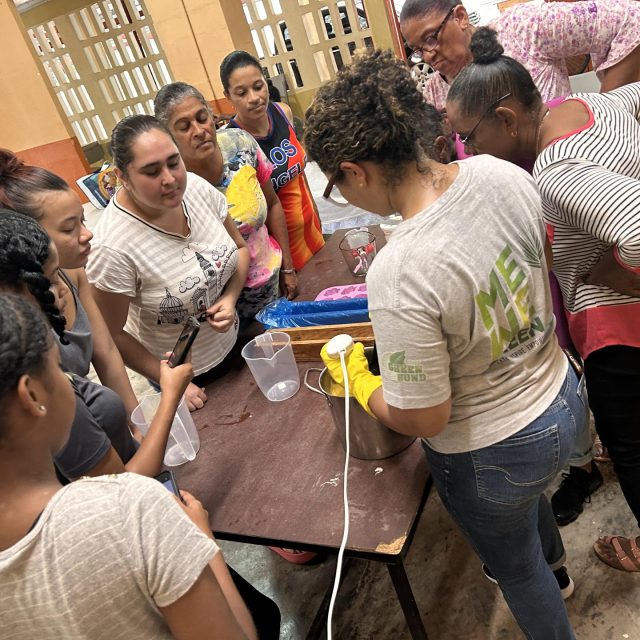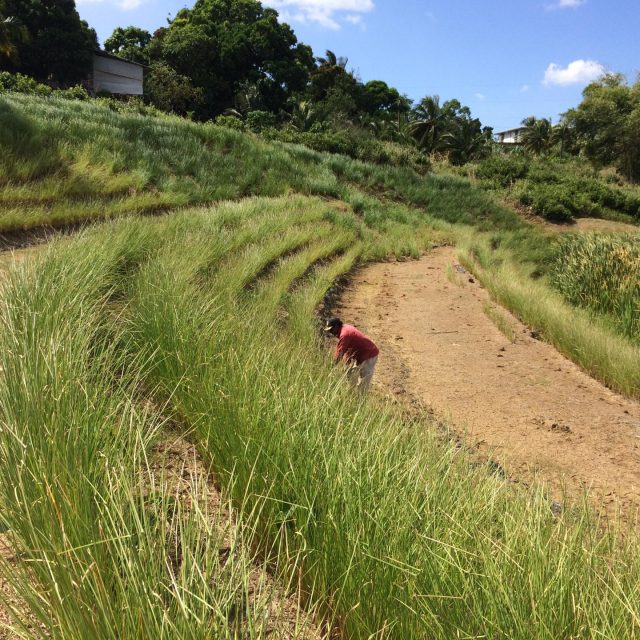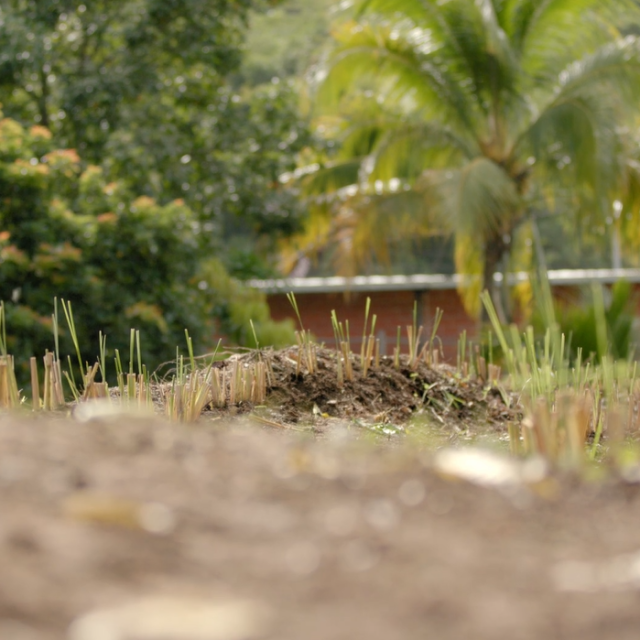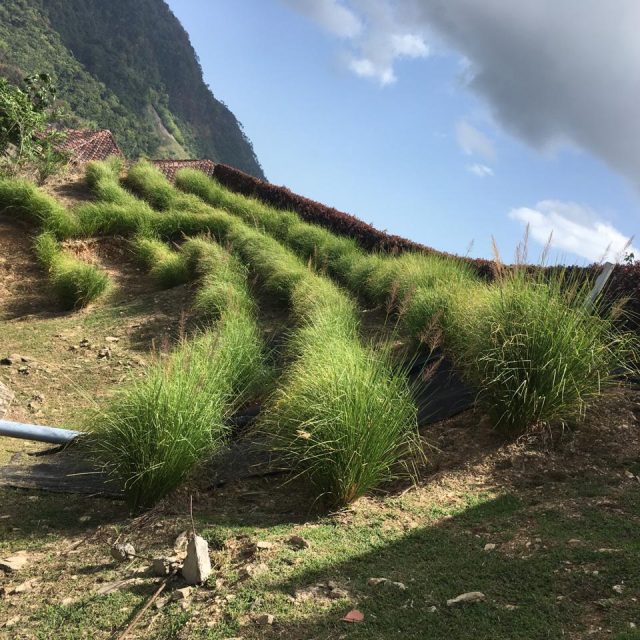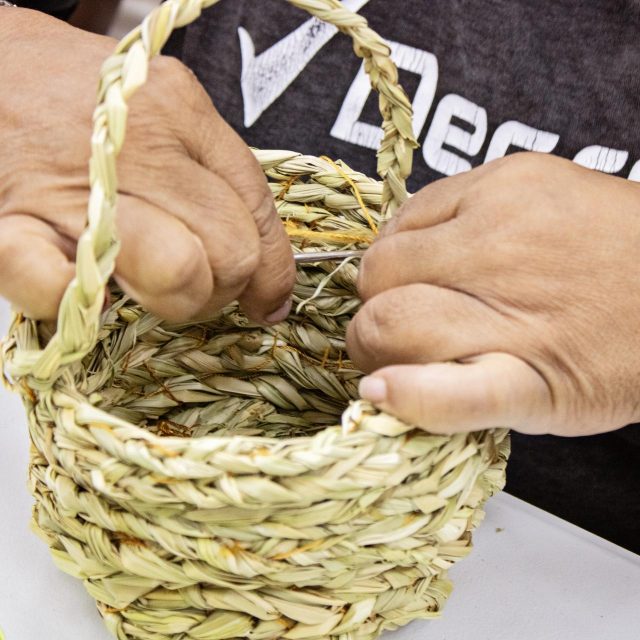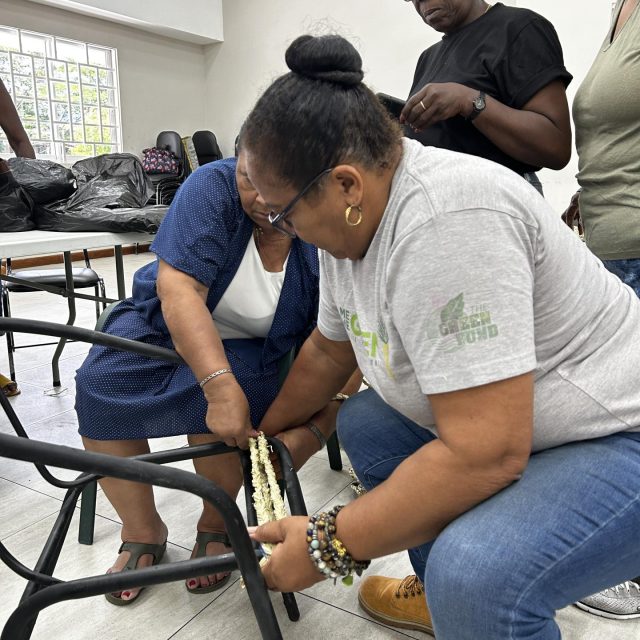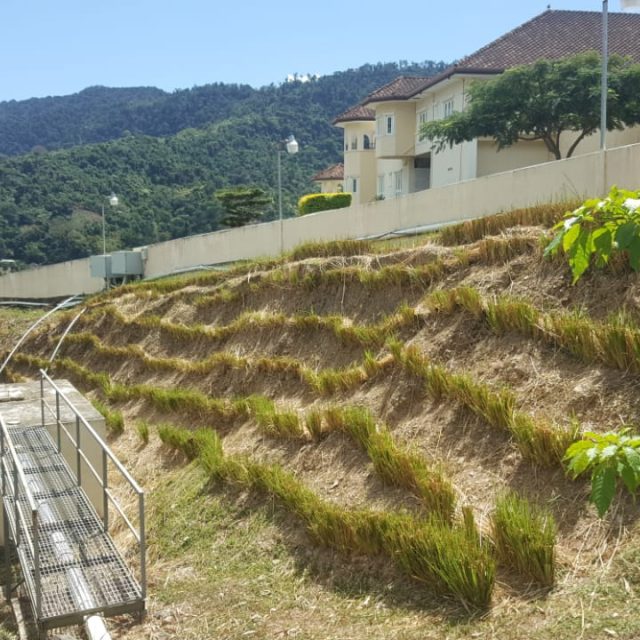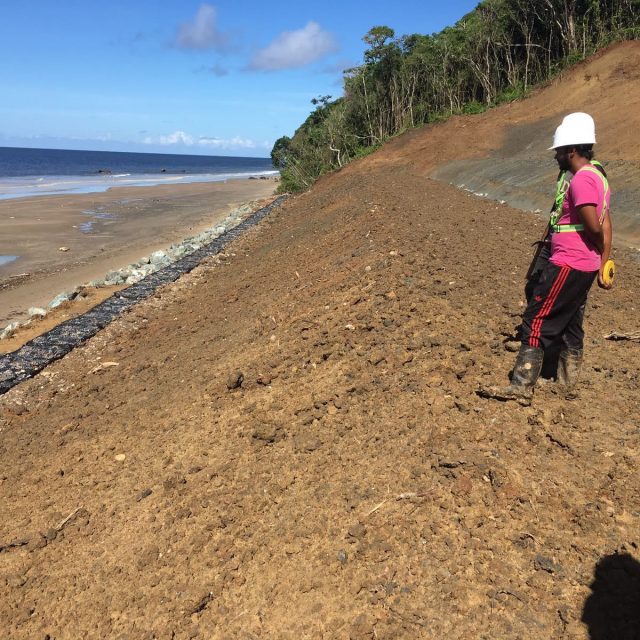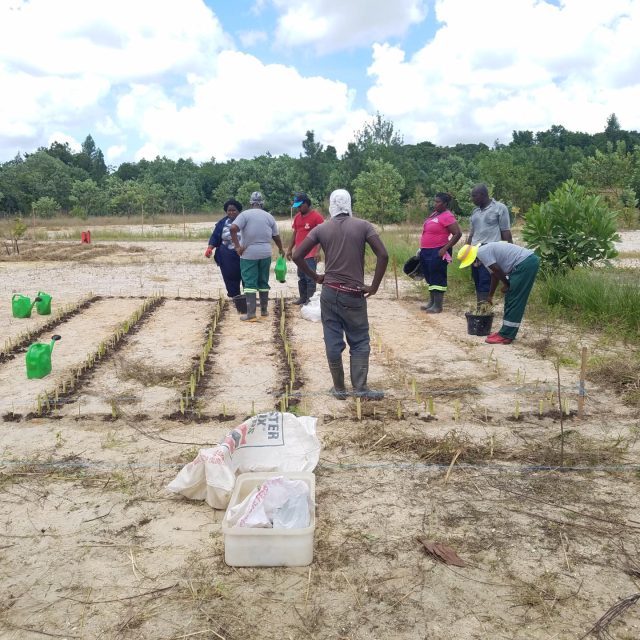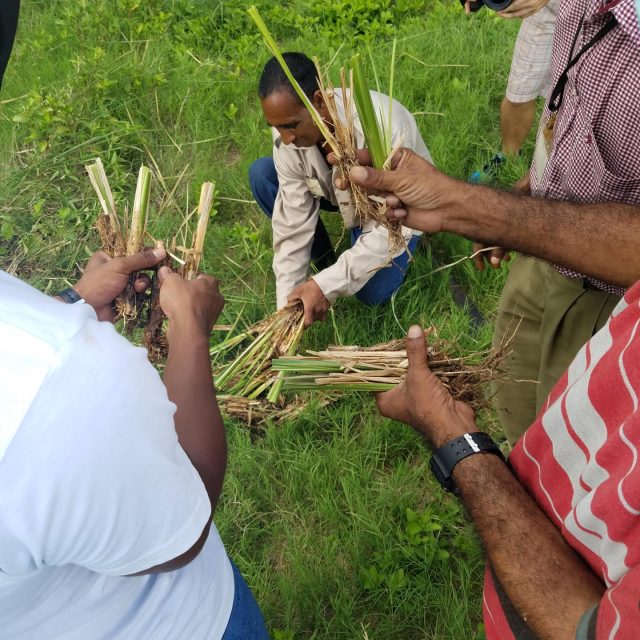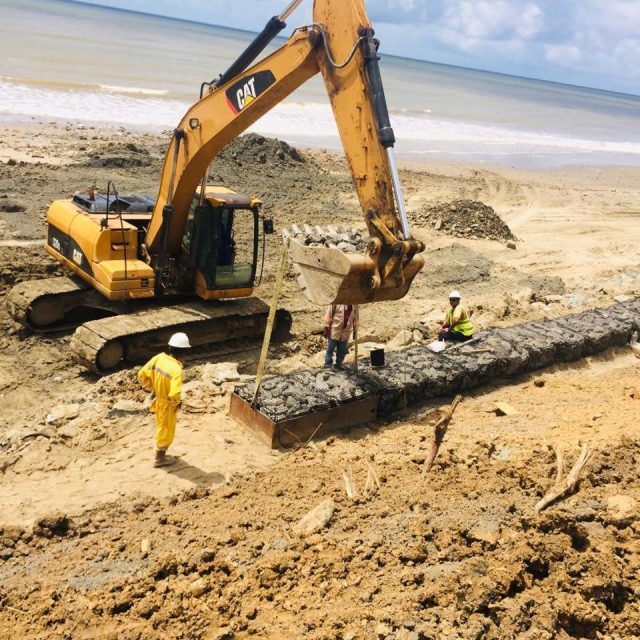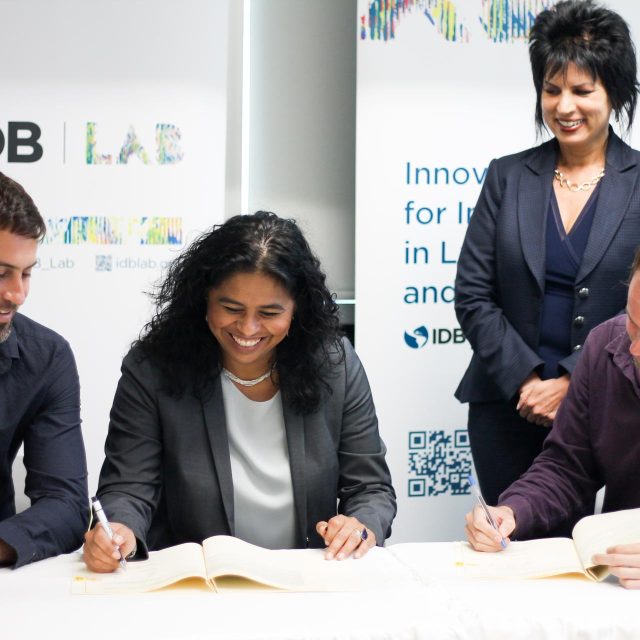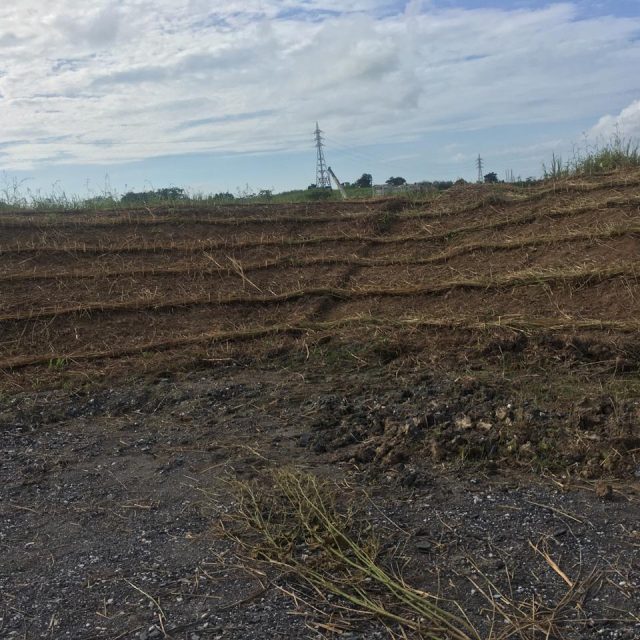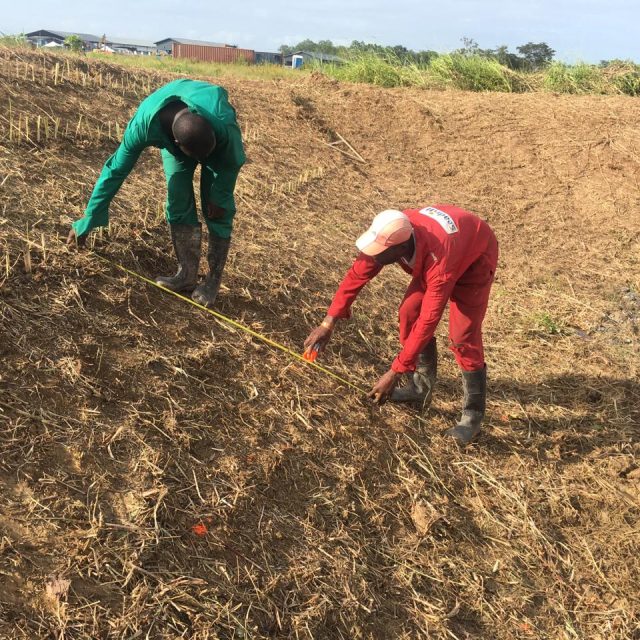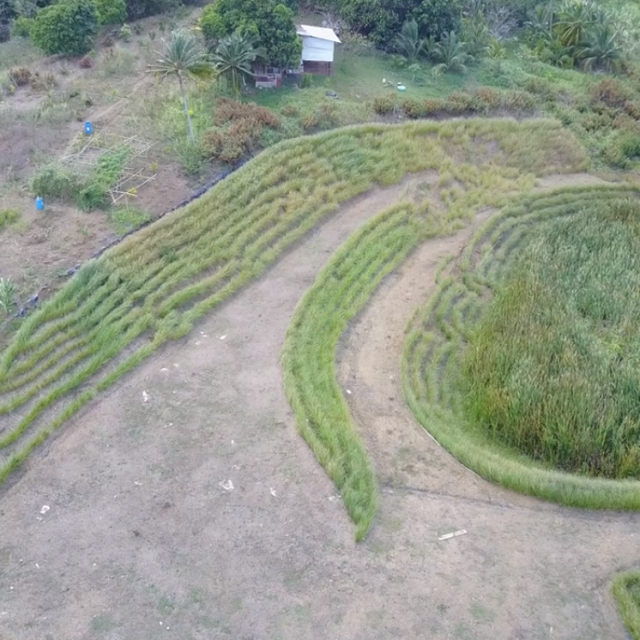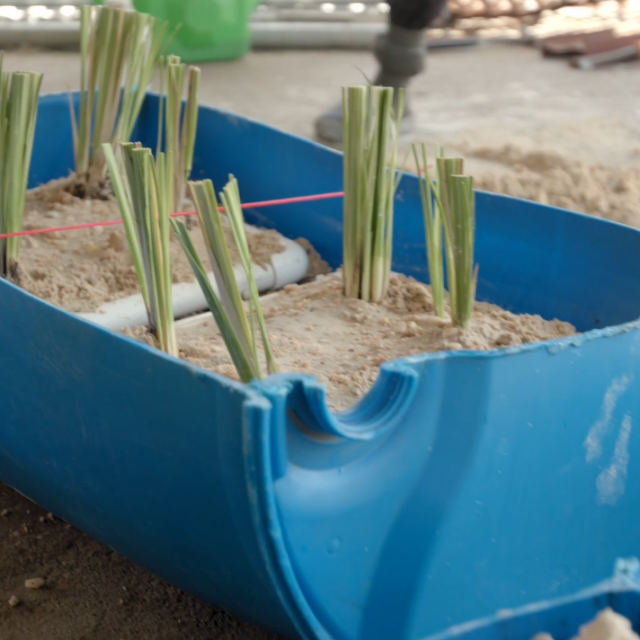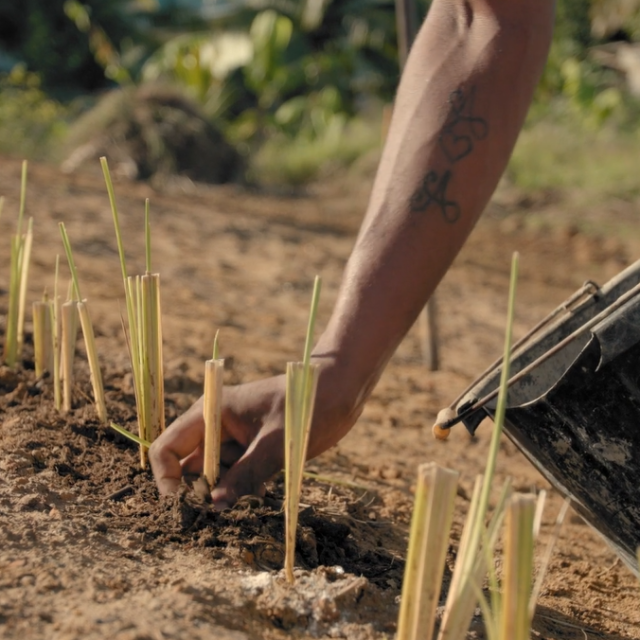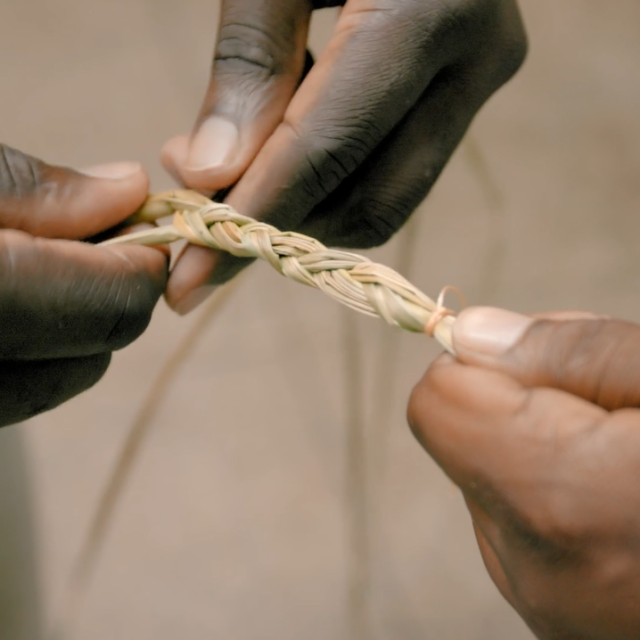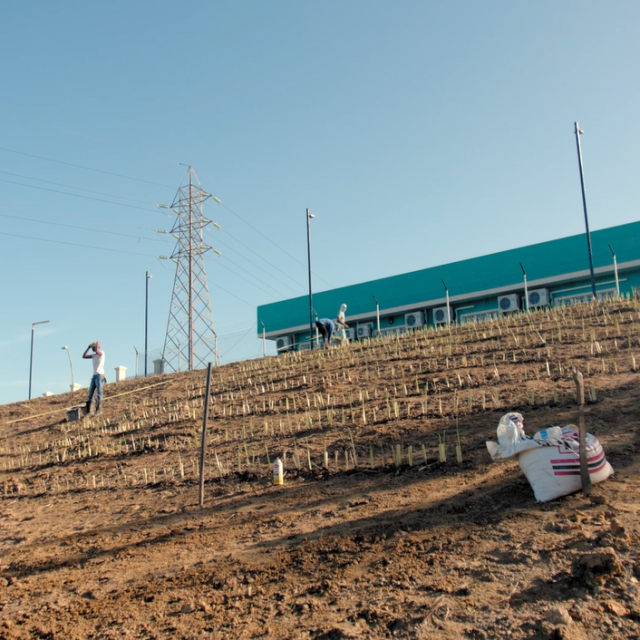Our Projects
January 2019 – December 2022
Project Partners
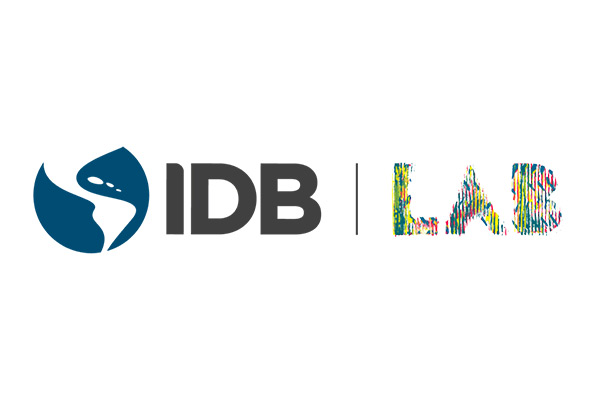
Building on Vetiver!
A milestone technical project which helped with introducing and proving the Vetiver System (VS) as a green infrastructure tool in Trinidad & Tobago in a ground-breaking way
Building on Vetiver! or BOV was a thrilling and innovative project that played an important role in supporting the reintroduction and driving of Vetiver Grass (Chrysopogon Zizanioides) and the Vetiver System (VS) as a cost-effective bioengineering tool which can be used to address a myriad of land degradation and soil erosion issues in Trinidad and Tobago and the region.
This project entailed a lot of piloting, demonstrating, and convincing in the face of skepticism that such a simple and green, plant-based solution could do so much. In the early stages of the BOV project, although some good successes had already been achieved in the hillside farming community of Paramin through the first-ever Vetiver Education & Empowerment Project (VEEP) implemented there, as well as a number of private jobs already completed by Vetiver TT Ecological Engineering Solutions Ltd, the application of these green infrastructure solutions were still far from mainstream, and proposals to implement them instead of hard-engineered solutions such as retaining walls and gabion rock baskets were often ignored. At this time, few people in the country believed that this unique grass could be as effective as retaining walls in preventing flooding and landslides.
For BOV, building local and regional trust in VS technology was the heart of everything IAMovement did. Based on research and experience to date we knew Vetiver could be a great tool to help with a range of soil and water challenges and we knew it could also be a cost-effective climate adaptation tool for Caribbean small island states.To prove all of this, IAMovement and many key partners, including Vetiver TT EES Ltd, tested what we believed in, installing and assessing this nature-based solution (NbS) across a wide range of environments, including hillside and coastal communities, heavy sapote clays and quarry lands. As the project moved along, growing its on-the-ground applied case studies across the country, complimented by community trainings and key educational sessions with a wide and diverse range of stakeholders (from NGOs, to private sector and government bodies), one partner captured a common sentiment felt by many in his comment “…(It’s) shocking that one plant could do much!”.
The four (4) year project was exceptionally successful, involving 100+ public and private partners, with 200,000+ vetiver plants installed over 10 main sites and 25+ secondary sites for a range of residential, commercial and government projects. Where a good degree of the project’s success is demonstrated in the readiness of many partners and clients of Vetiver TT to co-invest in IDB Lab supported initiatives through the project, one paying client noted “It has been really satisfying to see that it has worked better than imagined”.
BOV was pivotal and really helped demonstrate to Trinidad and Tobago that vetiver grass and the Vetiver System (VS) is a practical, “green” and cost-effective bioengineering tool. Having the private sector, public sector and academia involved at various levels throughout the project, with the project’s large number of partnerships, provided substantial learnings and lessons that altogether made it easier to believe in the applications of VS. Some eye-opening research projects were also undertaken in partnership with the University of the West Indies (UWI). One of the studies showed Vetiver’s powerful role in regulating soil moisture in local expansive “sapote” clays, which was correlated with its known ability to assist with slope stabilization improvement; while another showed its potential as a pioneering and companion species to improve microclimates and accelerate tree growth for canopy closing and vegetative regeneration in degraded lands.
The biggest lesson however was that the project also showed us that pilot projects can dispel skepticism about NbS, proving their viability and ability to scale as a solution which can bring real economic viability to a wide range of stakeholders – from communities and residential homeowners, to commercial clients, and public sector projects. In this way the project was able to demonstrably raise interest amongst all these stakeholders in pursuing further applications with vetiver grass and other NbS approaches, and investing in them as well – as could be seen through the subsequent national level ME-WE-GREEN programme (2021 – 2024) which IAMovement was able to secure with the Government of Trinidad & Tobago’s Green Fund taking vetiver grass and the VEEP model to eight (8) more communities around T&T; as well as the CBF-funded Grassroots4LaVie project (2020 – 2023) which IAMovement co-developed with IICA and led implementation of VEEP activities on to take vetiver grass and the VS to Antigua & Barbuda, Dominica, Saint Lucia and Tobago.
When the local civil engineers from one of the largest firms said that the Vetiver System (VS) “just made sense” and “was logical” we realized that all of the education, outreach, lagniappe services (bonus support made possible through the BOV project), and how we presented knowledge was making the difference that we hoped for. Now we can look back and see hundreds of VS installations and demonstration cases implemented across the country, with hundreds of community members educated and empowered on different uses of vetiver grass, many of whom are still actively engaged in livelihood opportunities made available through this special plant. The success of the Building on Vetiver! project, which saw approximately 5X the total capital being invested into it beyond that committed and provided by the IDB Lab, resulted in BOV being selected as one of the four IDB Superheroes of Development Winners for 2022.
Gallery
